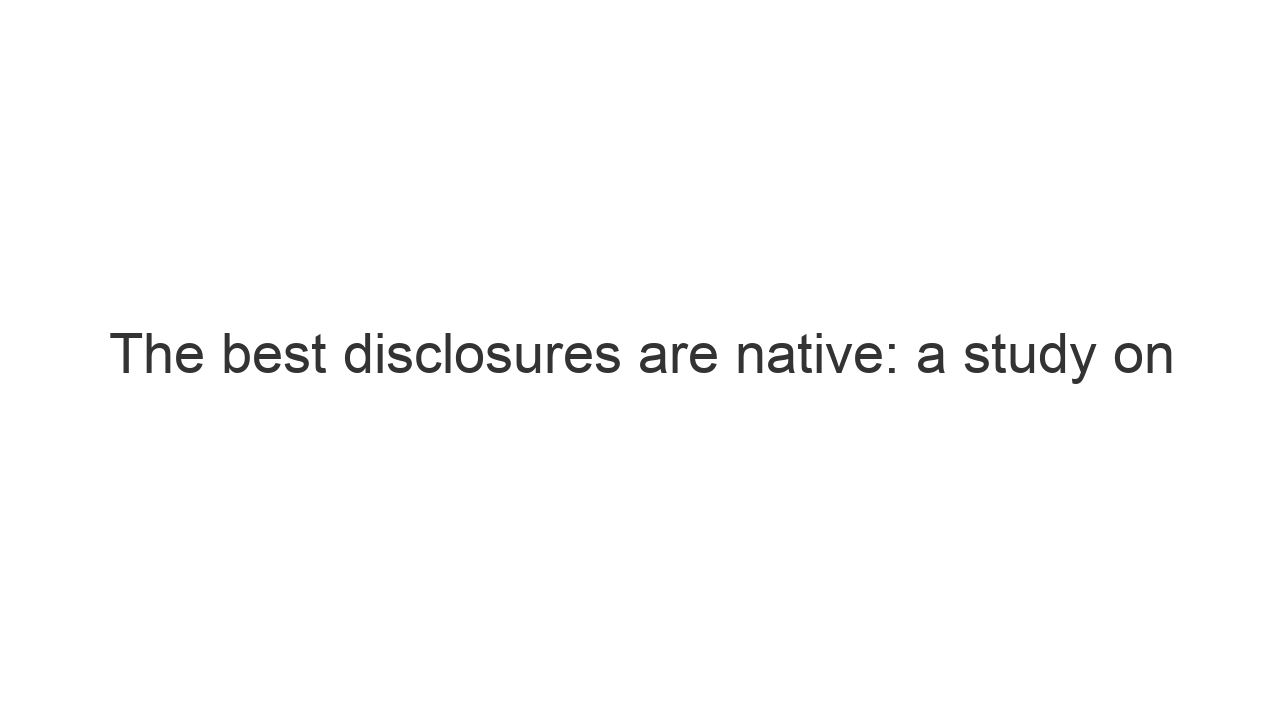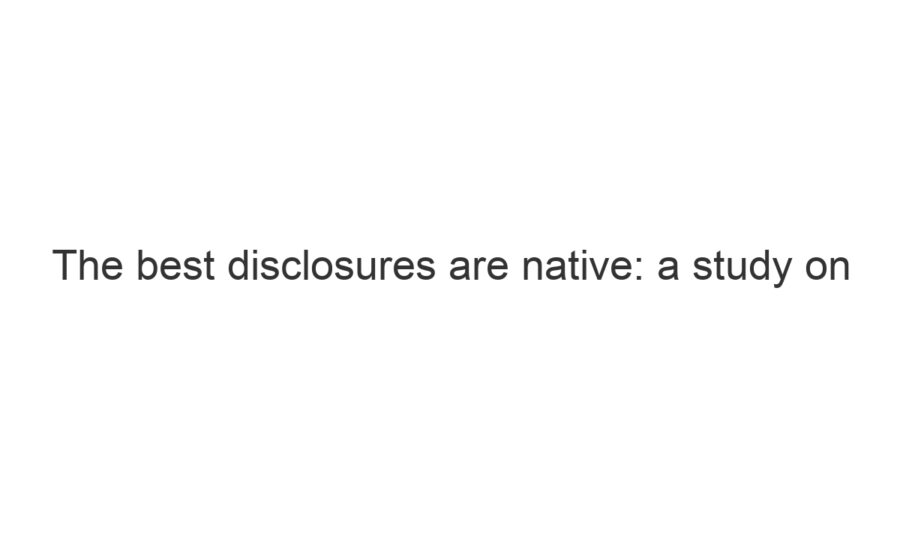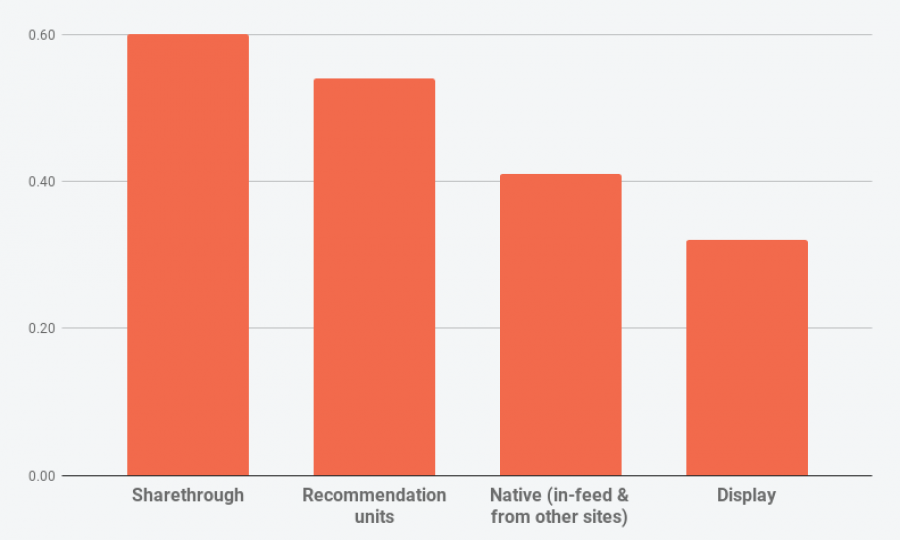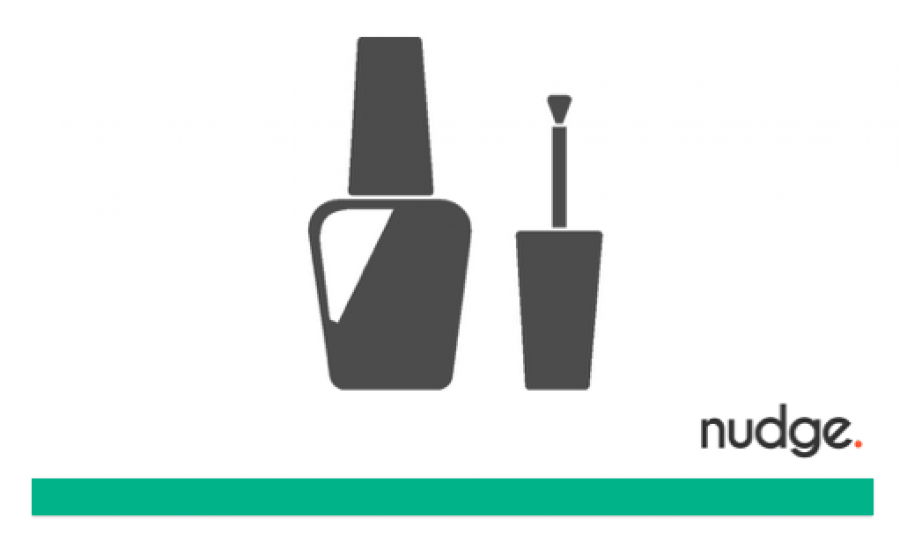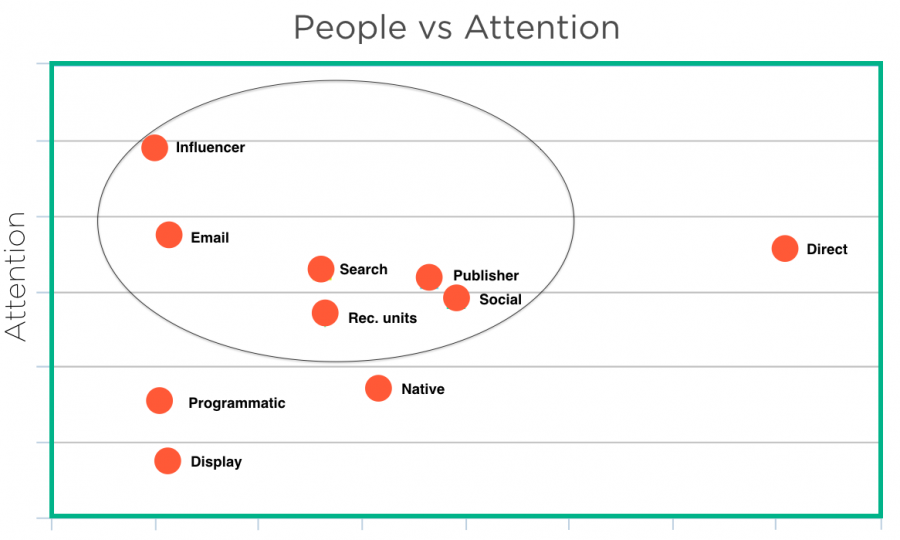In a recent study we completed, we found that the most effective form of disclaimers are in the content themselves.
When disclosures were in the content, peoples ability to identify it as an ad went up 89%.
The outtake: native disclosures work best for custom native ads.
However, the overall identification was still only half of participants. We believe the way to lift it from here is repetition in the article, however we haven’t found enough examples for further testing yet. The latter is also consumer education. Consumers don’t full understand that an article can be an ad. This is an education job.
One methodology to help deal with this is to educate consumer the first time with a little lightbox overlay, explaining what the content is before they read it. The passive explanations of some publishers isn’t enough. Once a publisher has been through the initiation phase this will no longer be needed and in-situ disclosures will be plenty.
In their tests, participants seem to have an ad blindness to disclosures around the content. The disclosure that this is an ad has to be in the content.
The irony being that this is the exact premise of native ads.
You can download this study here: Striving for an effective disclosure for custom native ads. Our Publisher Toolkit is yet to be released, for a draft email [email protected].
DigiDay has extended the conversation over here: Which native ad disclosed itself best?

|
|---|
